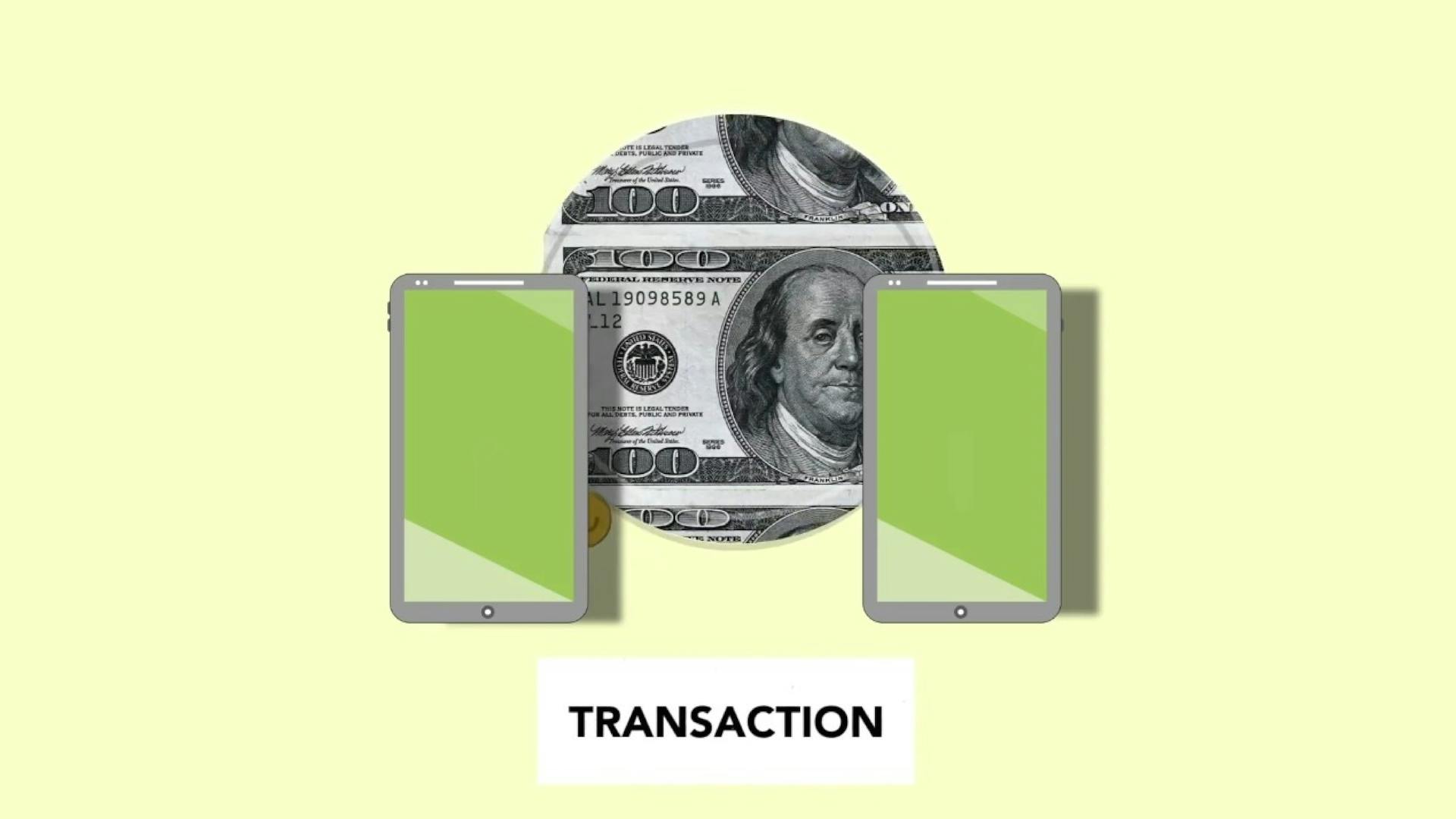
Interac e-Transfer is a convenient way to send and receive money online.
You can send money directly to a recipient's bank account using their email address, mobile number, or bank account information.
This service is available 24/7, making it a great option for those who need to send money quickly.
How It Works
Interac e-Transfer is a convenient way to send money to anyone in Canada using online banking. It's almost instant, but can take up to 30 minutes depending on your bank or credit union.
To send money, you need to sign in to online or mobile banking at a participating financial institution and look for the option to send money with Interac e-Transfer. You'll need an email address and the email address and/or mobile telephone number of the person you're sending money to.
The funds are transferred using established and secure banking procedures. The sender opens an online banking session, chooses the recipient, the amount to send, as well as a security question and answer. The funds are debited instantly, usually for a surcharge.
Worth a look: Cash App Square Email

An e-mail or text message is then sent to the recipient, with instructions on how to retrieve the funds and answer the question, via a secure website. The recipient must answer the security question correctly.
If the recipient cannot be assumed to know the answer to the security question, the sender must communicate it separately. If the recipient fails to answer the question correctly after three tries, then the funds will automatically be returned to the sender.
The Autodeposit feature allows senders to send money and be received by the recipient without the recipient having to answer a security question. The recipient must enable this feature in their account settings. Not all banks offer this feature.
Here's a summary of the process:
Some banks, like TD, CIBC, and RBC, have a 30-day limit until an e-Transfer is cancelled. Other banks have shorter durations and set limits. If an e-Transfer has not been accepted after a certain period of time, the transfer will not go through.
Security
Security is a top priority when it comes to Interac e-Transfers. The service uses multiple layers of security to protect your money and information.
To add an extra layer of security, you can set a security question and answer when sending an Interac e-Transfer. This question should be something only the intended recipient can answer, and the answer should never be sent via email or text message.
The security question answer is not case sensitive, so "R" and "r" are both recognized as correct. However, it cannot contain special characters, such as "@", "&", etc.
To further protect yourself, make sure to keep your online banking information safe by choosing strong and unique passwords, and never sharing them.
Related reading: Four Corners Model for Payment Security
Email Preferences
You have control over the emails you receive from Interac e-Transfer. Opting out of sender-generated content in your Interac e-Transfer email notifications will not impact your ability to receive funds.
To opt-out, click on the opt-out link set out in the Interac e-Transfer email notification from the sender. This link is located near the bottom of the email and will read “Click here to manage notification preferences from this contact.”
See what others are reading: E Interac Transfer Limit

If you opt-out, the message field and contact name of the recipient as generated by the sender will be redacted and the message field will be replaced with a standardized message. Your contacts will not be notified whether you have opted out from their sender-generated content.
Opting out will not affect your ability to receive funds, either through Question and Answer or directly into your bank account if you are registered for the Autodeposit feature.
How to Protect Yourself
Interac e-Transfers are protected by multiple layers of security, making the service one of the most secure money transfer services globally.
To protect yourself, keep your online banking information safe by choosing strong and unique passwords, using them only for your online banking, and never sharing them.
Enable 2-step verification, also known as two-factor authentication, to add an extra layer of protection. This will require a one-time verification code sent to your phone or email that you'll need to enter alongside your password to log in to online banking.
Check this out: B of a Mobile Banking App

Set up account alerts to instantly receive an email or text when important activity happens on your account. This way, you'll know if someone other than you has logged in, changed the password, or created a new Interac e-Transfer recipient.
Beware of phishing scams, where scammers may email you or ask for your banking details. If you receive an email or phone call from Interac asking for your banking information, it's likely a scam.
To make Interac e-Transfers even safer, sign up for Autodeposit. This way, Interac e-Transfers sent to your email address will automatically be deposited into your bank account without the need for a security question.
Here are some simple steps to protect yourself online:
- Keep your online banking information safe — Choose strong and unique passwords, use them only for your online banking and never share them.
- Enable 2-step verification (also known as two-factor authentication)
- Set up account alerts
- Beware of Phishing scams
- Sign up for Autodeposit
The use of a security question and answer is an additional security measure to validate that only the sender's intended recipient can collect the Interac e-Transfer(s). The security question and answer are not case sensitive and cannot contain special characters.
Benefits and Features
Interac e-Transfer is a convenient way to send and receive money. Unlike a cheque, the funds are not frozen in the recipient's account.
One of the biggest benefits is that e-Transfers cannot bounce, as the funds are guaranteed and debited from the sender's account immediately. This means the recipient can be sure they'll receive the money.
It's also incredibly fast, with funds sent and received instantly as long as both sender and recipient bank are participating institutions. However, in some cases, it may take a few hours for the receiving party to get their emailed notice.
Another advantage is that it's free for all personal chequing accounts, making it a cost-effective option for sending and receiving money. It's also more secure than cash, as it's a digital transaction that can be tracked and verified.
Recipients are notified via email or text message, and can deposit the money immediately through their Financial Institution's online banking service. This makes it easy to access the funds quickly and efficiently.
Suggestion: E S a Payments
Frequently Asked Questions
Is Interac e-Transfer only in Canada?
Interac e-Transfer is primarily available within Canada, but international transfers are possible through partner banks with fees and specific requirements. To send or receive international transfers, you'll need to use a participating bank and follow their process.
Can you Interac e-Transfer from the US to Canada?
Yes, Interac e-Transfers can be sent from the US to Canada, but the recipient must have an active email address or mobile number and a participating bank or credit union account. This allows for secure and convenient transfers in CAD to Canadian bank accounts.
Sources
- https://www.interac.ca/en/resources/personal-resources/personal-faq/interac-e-transfer/
- https://en.wikipedia.org/wiki/Interac_e-Transfer
- https://www.interac.ca/en/interac-e-transfer-help/
- https://www.rbcroyalbank.com/banking-services/interac-e-transfer.html
- https://www.envisionfinancial.ca/bank/ways-to-send-money/interac-e-transfer
Featured Images: pexels.com


